Article Highlights:
When we separate the logical side of marketing from the emotional side of marketing, we are impairing our ability to market our efforts effectively. So, what does that mean for our marketing strategies? This article will explore…
- How to balance logic and emotion in marketing
- The role logic and emotion play in each step of the customer journey
- Whole-brain marketing — what it is, and why you should use it
- How to get a free copy of Sorry Spock, Emotions Drive Business by Adobe Executive Creative Director, Adam Morgan
There’s a major misconception in marketing, and it starts with the human brain.
Weighing in at about three pounds, your brain is a complex organ that houses 100 billion neurons and more than 100 trillion connections. Scientists divide the brain into two hemispheres, each with control over a variety of human functions and decisions. In some ways, the halves of your brain are very similar, but in other ways, they couldn’t be more different.
The left side of the brain is more analytical. It controls thoughts and actions in linear thinking, mathematics, facts, and logic. The right side of the brain is more creative. It fuels behavior centered on the arts, imagination, intuition, and feelings.
In modern marketing, we often separate our messaging the same way. A campaign is either logical or emotional. And in the age of big data, clients and even our own C-suites often believe a logical approach is the best way to help customers achieve a desired result.
But there’s an interesting fact about the brain: its two halves don’t work independently of each other. Nerve fibers connect the brain’s hemispheres and allow messaging to transfer, combine, and transform between our logical selves and our emotional selves. If those connections were severed, the brain would continue to function, but the lack of collaboration would cause serious impairments.
When we separate the logical side of marketing from the emotional side of marketing, we are impairing our ability to market our efforts effectively.
In his book, Sorry Spock, Emotions Drive Business, Adobe Executive Creative Director Adam Morgan says, “Emotion and logic are not separate, but completely integrated. … Humans rely heavily on both logic and emotions and use many parts of the brain throughout the entire decision-making process.”
So, what does that mean for our marketing strategies?
Balancing logic and emotion
Adam shares that effective messaging is all about finding the right balance between emotion and logic in each situation. Your guiding principle should always be what you want the customer to feel and do at this particular point in their journey.
As marketers, we should never assume a particular audience segment prefers one type of messaging over the other. The brain of an IT analyst works the same way as the brain of a photographer.
So, we don’t ask whether our message should be more emotional or more logical. The answer is always both!
The first step in the process is to take a deep look at our customer data. Here, we find insights about our audience — what they care about, what fulfills their needs, and what keeps them up at night. These insights gained from a logical approach then allow us to, as Adam says, “craft a message that rings true emotionally.”
This balance of both logic and emotion is essential throughout the entire customer journey:
- Discovery – Emotions play a critical role in putting your message in the forefront of the customer’s mind. Emotions draw them in and push other thoughts out, giving you an opportunity to tell your story and share your data.
- Exploration – Emotions also play a key role in how the brain compares memories of past experiences to new data. They help facilitate the right conditions for establishing new memories.
- Evaluation – When customers are ready to hear more information on whether your product or service is the solution to their problem, emotions help maintain brand recognition, preference, and, eventually, loyalty.
Whole-brain marketing
When we, as marketers, understand the value of relying on logic and emotion in tandem, we open our strategy up to lasting success, and we create opportunities to share logical messaging — facts and data — in a more emotionally receptive environment.
“Once your customers are already engaged and have positive experiences, there is ample opportunity for a brand to offer deeper messaging that may be more logical than emotional,” Adam says. “These [previous emotional] experiences will help reinforce exposures to the positive brand feelings.”
But remember — even the strongest memories can fade. It’s crucial that we continue to expose customers to positive reminders, offering positive emotional experiences that help keep memories fresh and build customer loyalty.
“With whole-brain marketing, it’s about creativity and results. … Logic and emotion can live hand in hand, heart and mind,” Adam says. “We are both rational and emotional when the whole brain is working.”
Contact us today, and we’ll send you a complimentary copy of “Sorry Spock, Emotions Drive Business” by Adobe Executive Creative Director, Adam Morgan.



